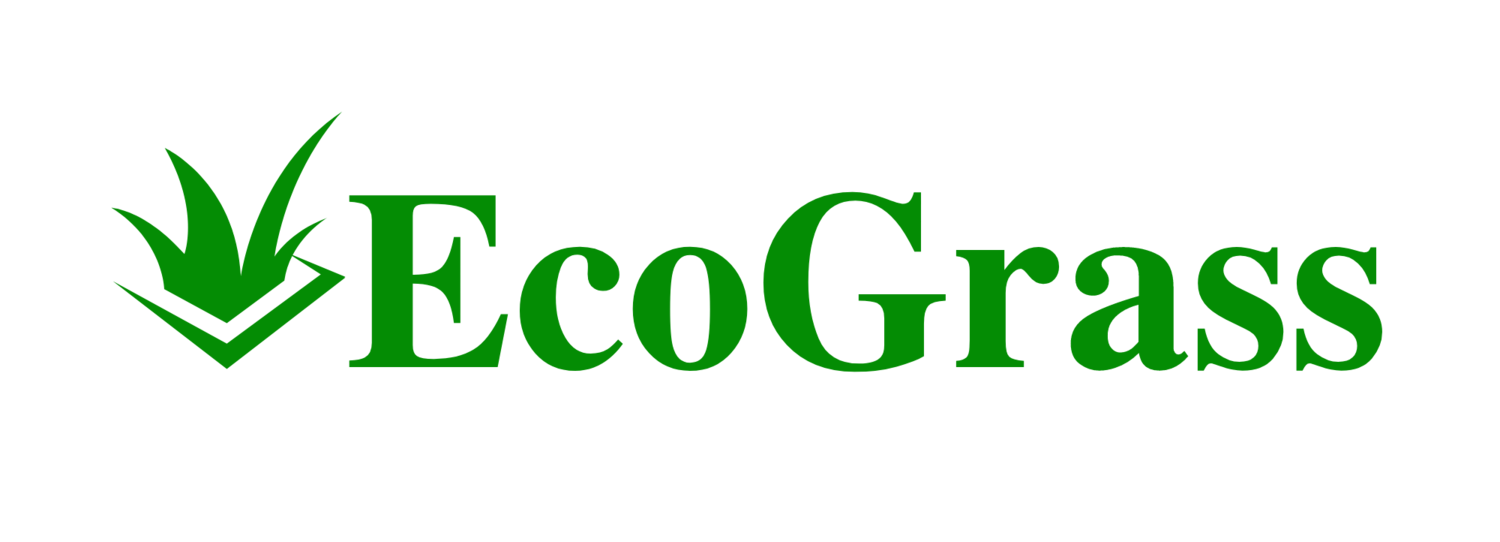Installing your own artificial grass can transform your outdoor space while also offering a low-maintenance alternative to natural lawns. This guide simplifies the process, ensuring you can successfully create a lush, green area without the regular upkeep required by traditional grass. Leveraging synthetic turf means less mowing, no watering, and more time enjoying your garden, regardless of the season.
Preparing the area for your artificial lawn is crucial. You need to clear the space, ensure the ground is level, and lay a solid base, typically consisting of gravel and sand. A well-prepared foundation not only enhances the appearance and longevity of your artificial grass but also facilitates drainage and avoids future issues.
When laying the turf, precision is key. Measuring and cutting the artificial grass accurately ensures a seamless fit, especially around edges and corners. Securing the grass with adhesive or nails, depending on the type of installation, maintains its position and prevents wrinkling or shifting. With attention to detail, your DIY artificial lawn will look professional and inviting for years to come.
Planning and Preparation
Proper planning and preparation are vital steps to ensure a successful DIY artificial grass installation. From selecting the right tools to budgeting, each aspect plays its own crucial role in the process.
Assessing Tools and Materials
Before beginning your project, you must gather the necessary tools and materials. Essential tools include a tape measure, wheelbarrow, landscape staples, and seam tape. Materials such as base material, typically a mix of gravel and sand, as well as infill material, such as sand or rubber, will be required to install and support your artificial grass.
Ground and Site Preparation
Ground preparation is critical for a stable artificial turf. Start by removing old grass, weeds, and debris. Apply a weed barrier to prevent growth underneath your turf. Ensure the sub-base is well-compacted and that the base for artificial grass ensures proper drainage.
Measuring and Outlining the Area
Accurately measure the area where you plan to lay the artificial grass using a tape measure. Outline the intended space, often with a bender board, to define the dimensions and provide a barrier to secure the edges of the turf.
Choosing the Right Artificial Grass
Selecting the appropriate artificial grass involves comparing blades, pile height, and materials, including nylon, polypropylene, and polyethylene. The choice will affect the appearance and feel of the grass, as well as its longevity and maintenance requirements.
Cost and Budget Planning
Determine the cost of your DIY project, factoring in artificial grass cost, base material, infill, seam tape, and any tools you may need to purchase or rent. By doing it yourself, you can save money on labor costs. Nonetheless, budget accurately to avoid unexpected expenses.
Understanding Installation Procedures
Educate yourself on the step-by-step guide for DIY artificial grass installation. Each installation stage must be completed with precision, from laying the base to securing the turf with landscape staples. While DIY installation can be more economical, professional installation can also be an option if your budget allows.
Maintenance and Long-Term Care
Post-installation, maintenance is minimal but vital. Sweeping the surface to keep it clean and occasionally watering helps maintain a fresh appearance. Even though artificial grass is low maintenance and eco-friendly, periodic care will extend its longevity and performance.
Frequently Asked Questions
Before diving into the specifics, it's important to understand the essentials of preparing the site for artificial grass and the details for a long-lasting and aesthetically pleasing installation.
How can I prepare the soil before installing artificial grass?
To prepare the soil, remove any existing grass and debris, level the ground, apply a weed barrier, and compact the soil to prevent sinking or uneven surfaces.
What steps are involved in laying artificial grass for pet-friendly areas?
For pet-friendly areas, use an antimicrobial infill to reduce odors, ensure proper drainage, and select a higher pile grass for durability against pet activities.
Are there specific considerations when installing artificial grass in outdoor spaces?
When installing in outdoor spaces, consider the direction of the grass blades for a natural look, leave room for expansion in heat, and ensure proper drainage to prevent water pooling.
What materials are needed for a budget-friendly artificial grass project?
For a budget-friendly project, you will need the artificial grass, a suitable base material such as crushed stone, sand for infill, weed membrane, and essential tools for installation like a turf cutter and seaming tape.
What is the process for installing artificial grass over a concrete surface?
To install over concrete, clean the surface thoroughly, apply a suitable adhesive, lay the grass down, trim to fit, and secure the edges well to prevent peeling.
What type of base is required for artificial grass to ensure durability?
For durability, use a crushed stone or gravel base compacted to an even level, typically 2-3 inches thick, allowing for proper drainage and a stable surface to anchor the grass.

